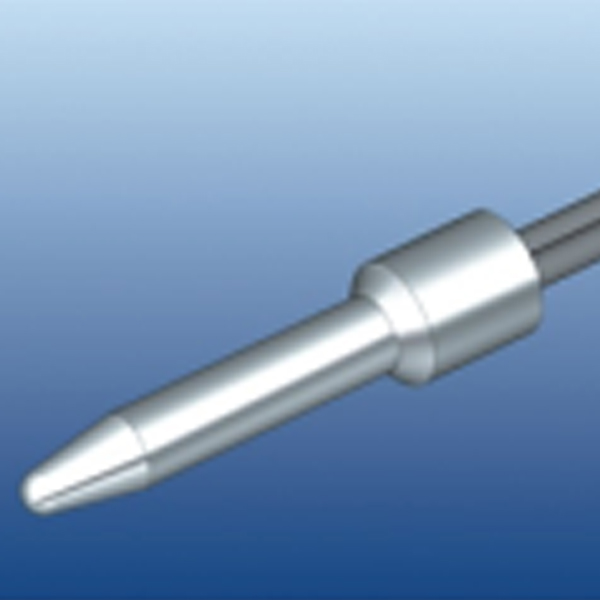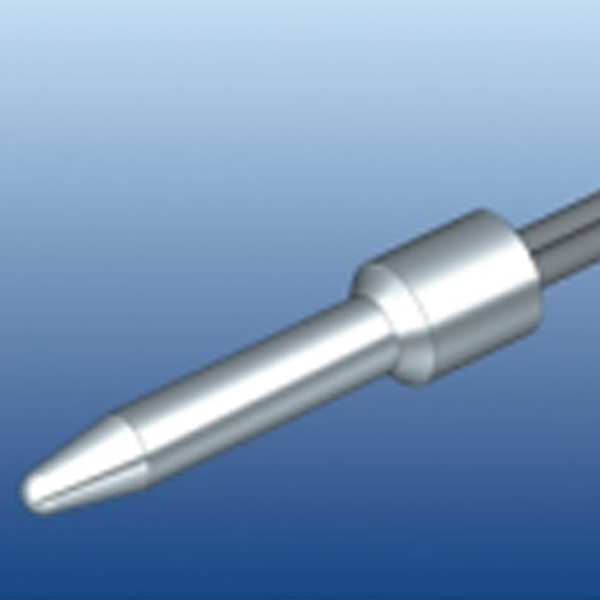The combination of two different conductors or semiconductors is generally called a thermocouple. The thermoelectric potential of the thermocouple is mainly composed of the contact potential and the temperature difference potential. The contact potential may also refer to the potential generated at the contact between two different conductors or semiconductors. The potential is related to the nature of the two conductors or semiconductors and the temperature at the contact point.ntc thermal sensor
When two different conductors and semiconductors A and B form a loop, then when the two ends are connected to each other, as long as the temperature at the two nodes is different, the temperature at one end is T, called the working end or hot end, and the temperature at the other end TO, called free end, then current may be generated in this loop, and the electromotive force existing in the loop is generally called thermal electromotive force. The phenomenon of generating electromotive force due to different temperatures is called Seebeck effect.

Working principle of temperature sensor-infrared temperature sensor
In nature, when the temperature of an object is higher than absolute zero, because of the internal thermal motion, it will continuously radiate electromagnetic waves to the surroundings, including infrared rays, and infrared temperature sensors are made using this principle.
The infrared sensor is a silicon-based infrared sensor based on a thermopile. A large number of thermocouples are stacked on the silicon substrate of the bottom layer. The high-temperature contacts and low-temperature contacts on the bottom layer isolate their heat through a very thin film, and the black on the high-temperature contacts absorbs The layer converts incident radiation into thermal energy. From the thermoelectric effect, the output voltage is proportional to the radiation. Generally, thermopiles use BiSb and NiCr as thermocouples.







